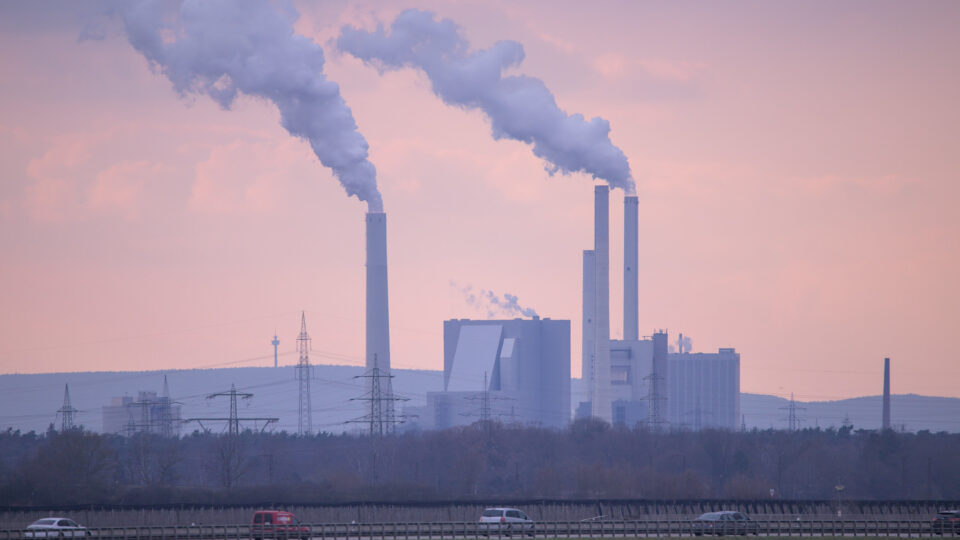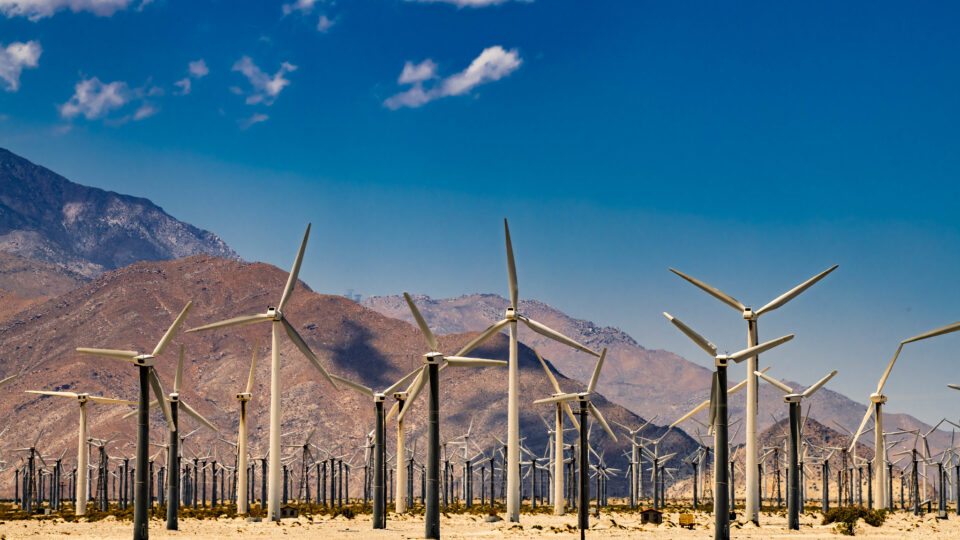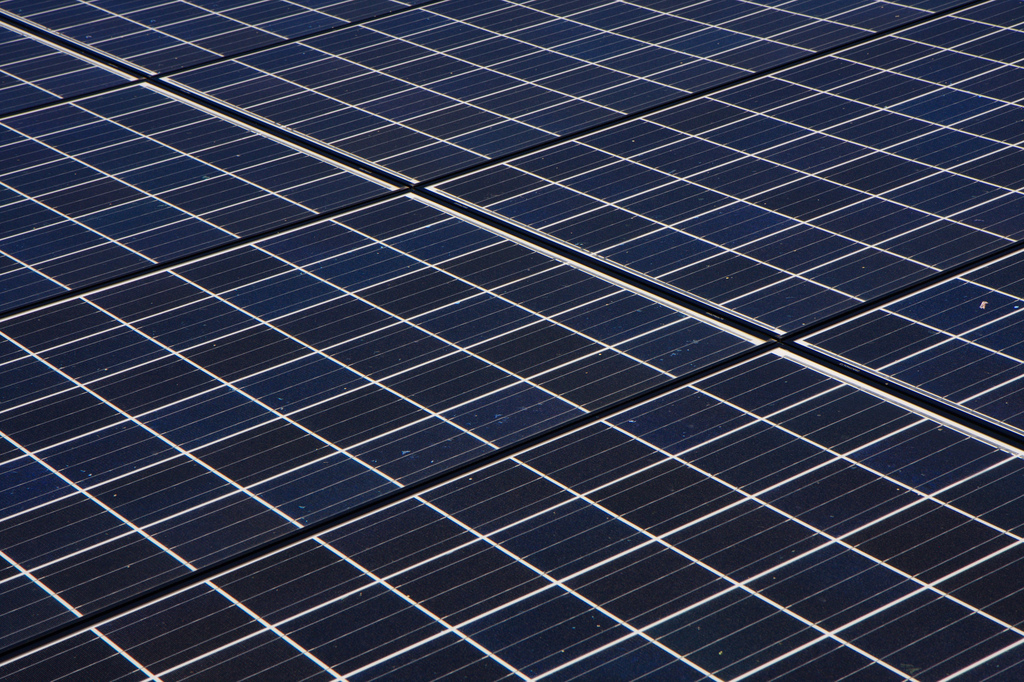According to a recent report by the International Energy Agency, worldwide growth in renewable power capacity is set to double in the next five years. In fact, by 2027, the world will add as much renewable power as it did over the previous 20 years.
Of particular significance is that renewables are going to overtake coal as the largest source of electricity generation by early 2025.
The global energy crisis triggered by the war in Ukraine has had multiple effects on the evolution of the energy system. While the war has driven a resurgence in fossil fuel consumption in Europe in order to replace gas from Russia, that resurgence is expected to be short-lived. Instead, the current energy crisis may turn out to be an historic turning point toward a cleaner and more secure energy system.
Soaring fossil-fuel prices triggered by the war have caused many countries to respond by embracing wind turbines, solar panels, nuclear power plants, hydrogen fuels, electric vehicles, and electric heat pumps. In the US, Congress approved more than $370 billion in spending for clean energy technologies as part of the Inflation Reduction Act. China, India, South Korea, and Japan have all increased their national targets for renewable power. However, heating and cooling buildings with renewable power remains a sector needing larger improvement, according to the energy agency.
Overall, the expansion of renewable power over the next five years is now projected to happen much faster than what was projected just one year ago. The new IEA report revised last year’s forecast for renewables growth by 30% as a result of the introduction of new policies by many of the world’s largest greenhouse gas emitters.
**********
Web Links
Renewables Will Overtake Coal by Early 2025, Energy Agency Says
Photo, posted March 8, 2021, courtesy of Stanze via Flickr.
Earth Wise is a production of WAMC Northeast Public Radio







